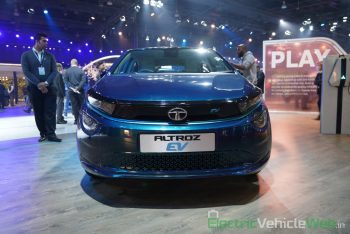Update: In a recent investor presentation, Tata Motors has highlighted its partnership with several Tata Group companies that will support the expansion of its EV portfolio with affordable models like the Tata HBX EV and Tata Altroz EV. Tata Power, Tata Chemicals, Tata Autocomp, and Tata Motors Finance are these sister concerns.
Tata Power is responsible for providing customers home charging installation support and also building a widespread EV charging network in the country. The company has already set up 355+ public chargers across India, and it is looking at scaling it to 700 by mid-FY2022 (August-November 2021). Tata Chemicals is planning to set up a Lithium-ion cell manufacturing plant in Dholera (Gujarat) so that Tata Motors can reduce the cost of battery packs. It has also set up a pilot plant for recycling the battery packs.
Tata Autocomp currently manufactures the battery packs of the Tata Nexon EV, and it will make the battery packs of the Tata HBX EV and Tata Altroz EV as well. Tata Motors Finance provides financial solutions for large fleets to make adopting EVs attractive and feasible for them.
In January, a new story on ET Auto talked about how upcoming electric cars in India to be priced from under INR 10 lakh (ex-showroom) are facing delays. The Maruti Wagon R electric has been cancelled, said the report, while the Hyundai smart EV models, the Mahindra eKUV100 and the Tata Altroz EV have been delayed.
In the current scenario, it is possible that the Tata HBX EV could also be postponed, as the report mentions that the launch of the electric Hornbill (project codename) is not defined. It is worth noting that the Tata HBX petrol is running well behind schedule. The launch was to take place by Diwali 2020, but due to challenges and uncertainties posed by the COVID-19 pandemic, it has been reprogramed to this year.
Shailesh Chandra, President, Tata Motors (PVBU), has suggested that Tata Motors has the technology to launch new EVs when the market is ready. The Alfa-Arc platform, which underpins the Tata Altroz & HBX, allows speedier electrification because it was developed from the outset to be EV-compatible. “It’s essentially about when I press the button,” Chandra told thehindubusinessline.com in December last year.
The same month, a prototype of the Electric-ready Tata HBX/H2X was photographed being tested, courtesy team-bhp.com giving us a peek at the interior of the upcoming micro-SUV (featured image of this article).

The production Tata HBX/Tata Hornbill interior architecture barely has differences from the concept car presented at Auto Expo 2020. The compass on the dashboard, the contrasting colour accents and the Rhino graphic on the steering wheel weren’t expected to make it to production, and the spy shot confirmed the same. One would also expect the trim and colour accents to differ on the production model and look as ‘spartan’ as the Altroz or Nexon. The dash-top touchscreen infotainment system and semi-digital instrument cluster of the concept would however be available in the top-end XZ trim, as would a premium sound system with extra speakers on the windscreen pillars.
Instagram.com user rahul_auto_spy had also shared a new spy shot of the production Tata HBX/Tata H2X, which clearly showed it with Tata Harrier-style lamps. The Tata HBX or Tata Hornbill has two-tier headlamps comprising ultra-slim LED DRLs on the top and separate hexagonal main lamps positioned in the mid section of the bumper. The fog lamps are not located right below the main lamps like on the C-SUV and the micro-SUV will get them conventionally right on the lower deck of the bumper.
In October 2020, Tata Motors tweaked the lower grille of the Tata Nexon EV to have new ‘Bi Arrow’ highlights instead of the signature Tri Arrow design hinting that it may be drifting away from the feature that has drawn comparisons with the Mercedes three-pointed star.
Spy shots shared by EVW reader Tanmay Ingawale and evoindia.com in August 2020 had shown a fully camouflaged production Tata HBX test mule wearing complete production elements, including the two-tier front lights with LED DRLs on the top.
The Tata HBX/Tata H2X & its EV variant would have a different style for the grille as evident from the images. The car comes with ‘Y’ marks on the lower grille (inverted Tri-Arrows). Like in the Nexon and Altroz, the EV variant would have blue accents on them. The Tata HBX/Tata H2X is expected to launch and hit showrooms by the middle of the year, while its EV variant would follow in 2023.
During another occasion, Motorbeam reader Aman Saraswat had spotted prototypes of the HBX during high altitude testing in Himachal Pradesh. A flattish bonnet, upright A-pillar, body armour on the doors, a pronounced belt-line and high ground clearance would distance the HBX from the Tata Tiago that comes with a similar footprint and give it the identity of an urban SUV.
In June 2020, ElectricVehicleWeb reader Gaurang had spotted the Tata HBX in Pune (video). Note the roof rails, rear spoiler and squared tail lights under the cover along with the rear wiper which could mean this is a top-end XZ or XZ+ variant. The car seems to be rolling on 15-inch alloy wheels. A couple of neat design touches that are confirmed to feature on the production car are new lighting technology and a small air curtain in the passage between the grille and the wheel arch which are perhaps the final updates in the Impact 2.0 design language, and Tata Motors has started working on the Impact 3.0 Design.
Tata Motors’ micro-SUV was showcased in its near-production form at the Auto Expo 2020. The HBX (earlier the Tata H2X or Tata Hornbill) is built on the ALFA platform that is used by Tata Altroz, just that it is made shorter and narrower.
The company is taking over 90% of the Concept’s design into production. Pictures show a floating infotainment system (probably a 7.0-inch) that will support smartphone connectivity and the ZConnect suite. We expect the HBX top-end variant to come loaded with features such as 15-inch alloy wheels, semi-digital instrument cluster, automatic AC, connected services, an 8-speaker sound system, and doors that swing 90 degrees for easy entry and exit. It is premature to speculate on the star rating of the Hornbill/HBX, but we expect it to fare better than the Tiago in the Global NCAP crash test given the impetus placed on safety by Tata Motors in the last two years which is regularly sending vehicles to get the certification.
Positioned between the Tiago and the Altroz, the Tata H2X will compete with the Maruti Ignis and Mahindra KUV100, while Hyundai is expected to join the party with the Hyundai ‘AX’ (codename) in 2022. The price of the Tata HBX is expected to be between INR 4.5-6.5 lakh (ex-showroom).
Tata Electric Car based on the Hornbill platform
As the ALFA platform is ready to support complete electrification (Tata Altroz EV will be the first model from this base), the HBX will be getting a fully-electric powertrain apart from a petrol engine.
The HBX Electric is on the list of Tata electric cars that was planned to be launched by the end of 2022 before the COVID-19 pandemic struck. It will inherit the high-voltage & high-performance Ziptron technology that powers the Nexon EV and the upcoming Altroz EV that comes with an 8-year warranty and deliver a 300+ km range.
The HBX EV would have to contend with the Mahindra eKUV100 set to be launched in the coming months as the most affordable electric car in the country, the Hyundai electric car (2022/2023), and the Citroen electric car (2022) in the micro SUV segment. We expect the Tata Hornbill EV to be priced at well under INR 10 lakh (ex-showroom) and arrive in standard and long-range variants.

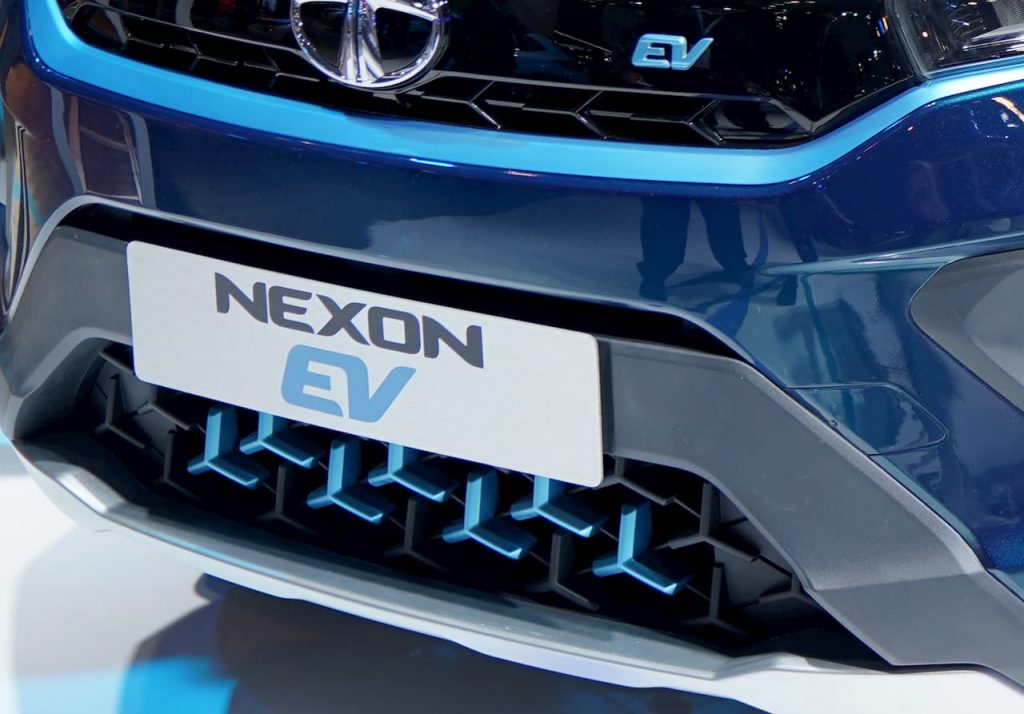
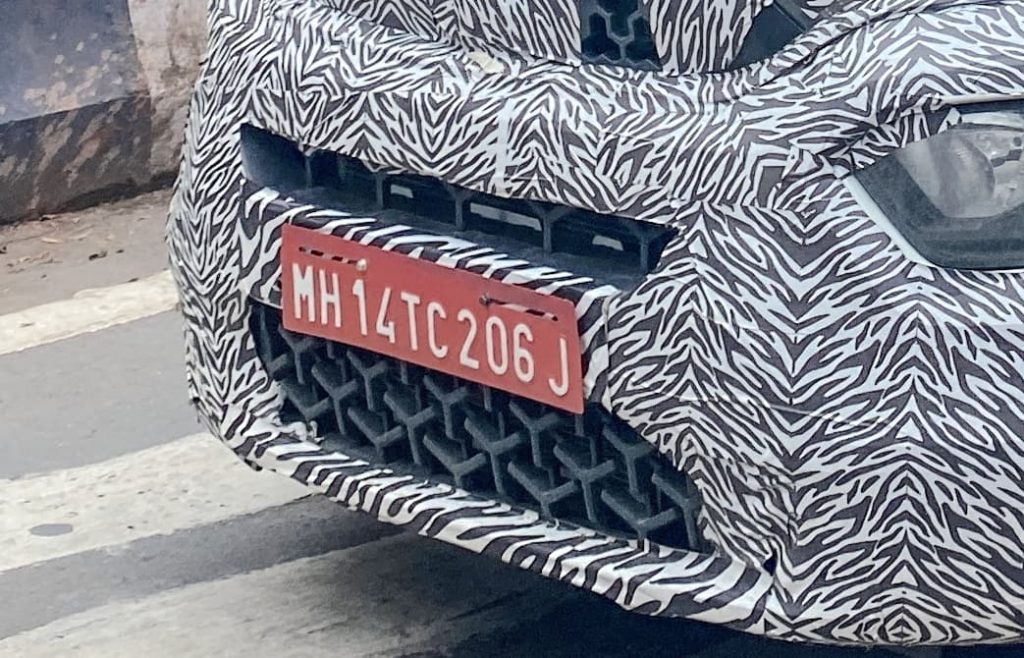
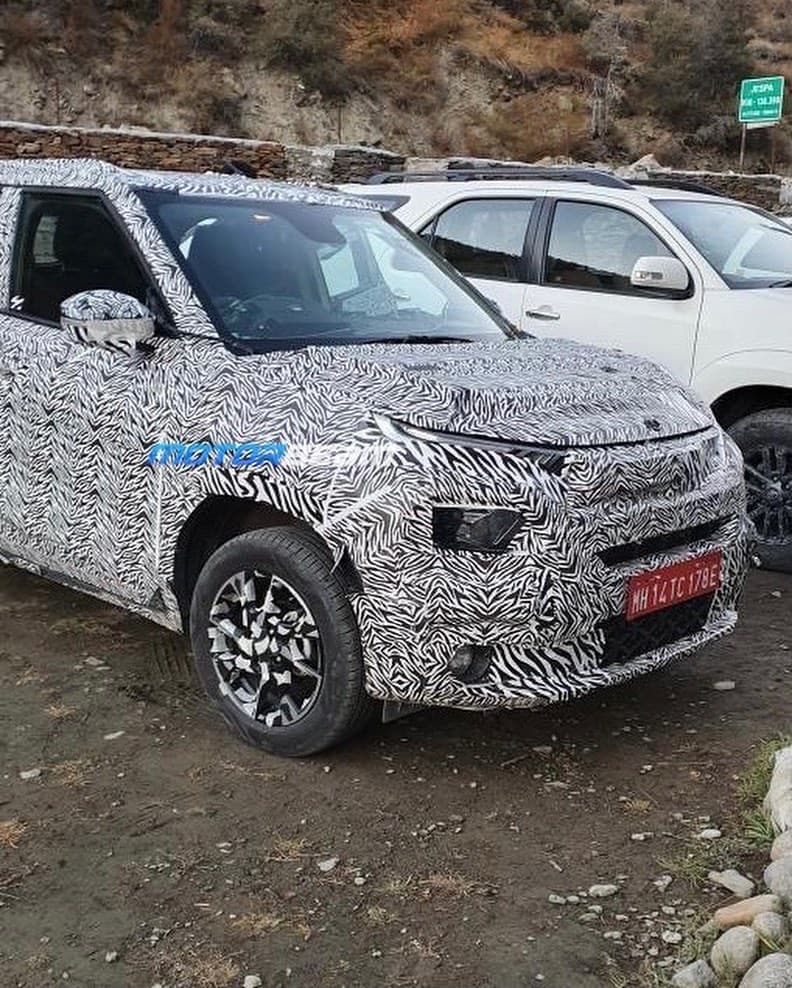

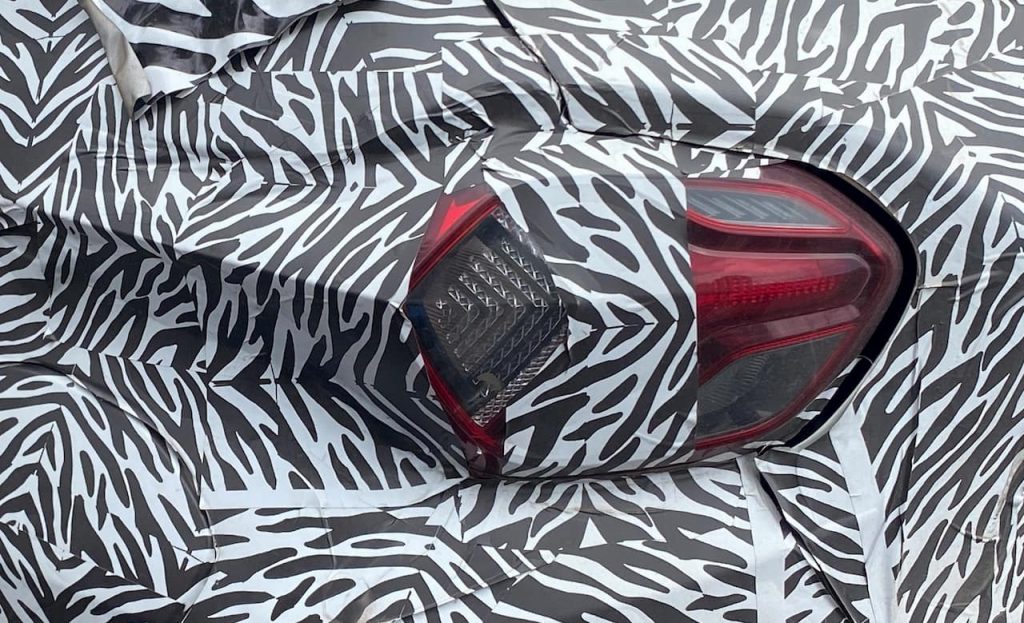
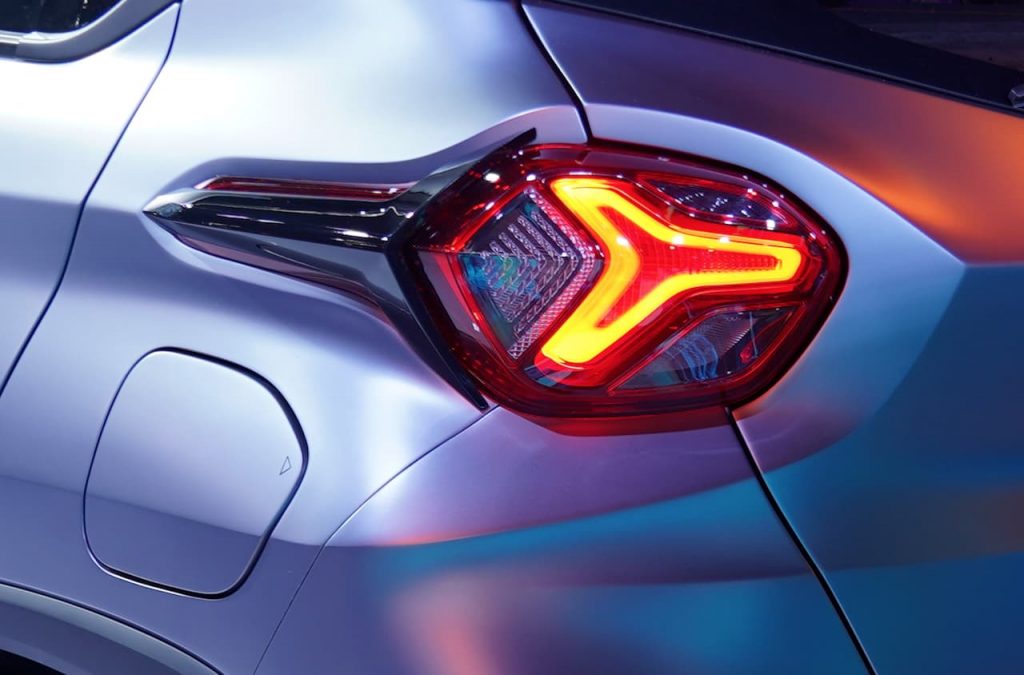
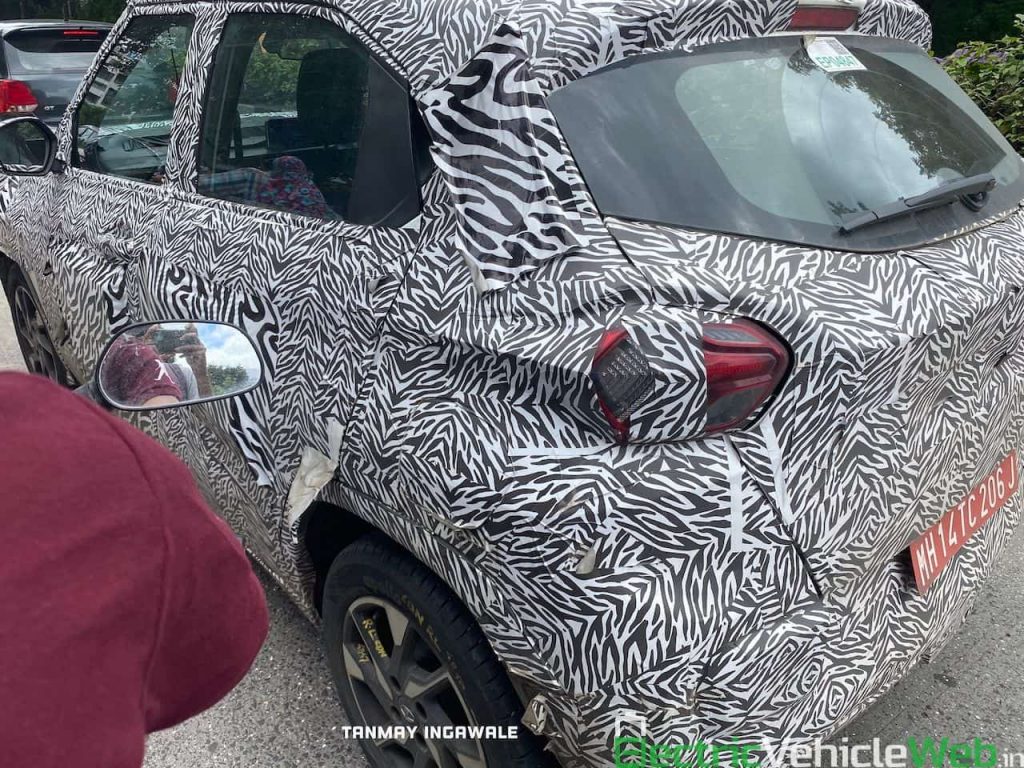

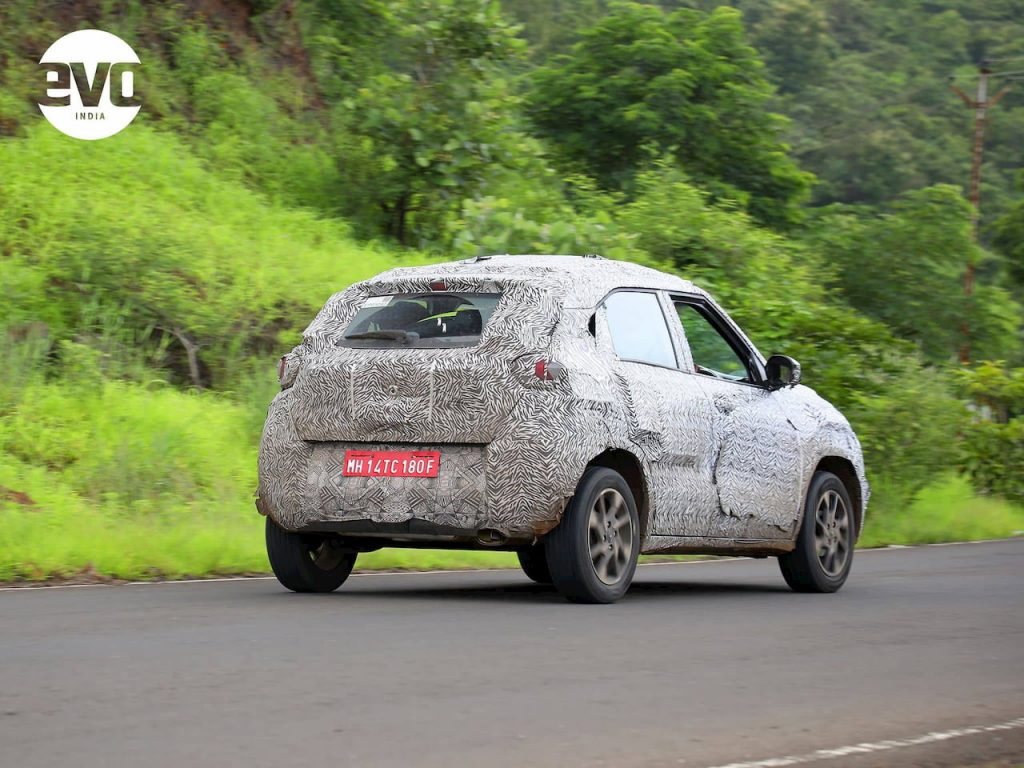
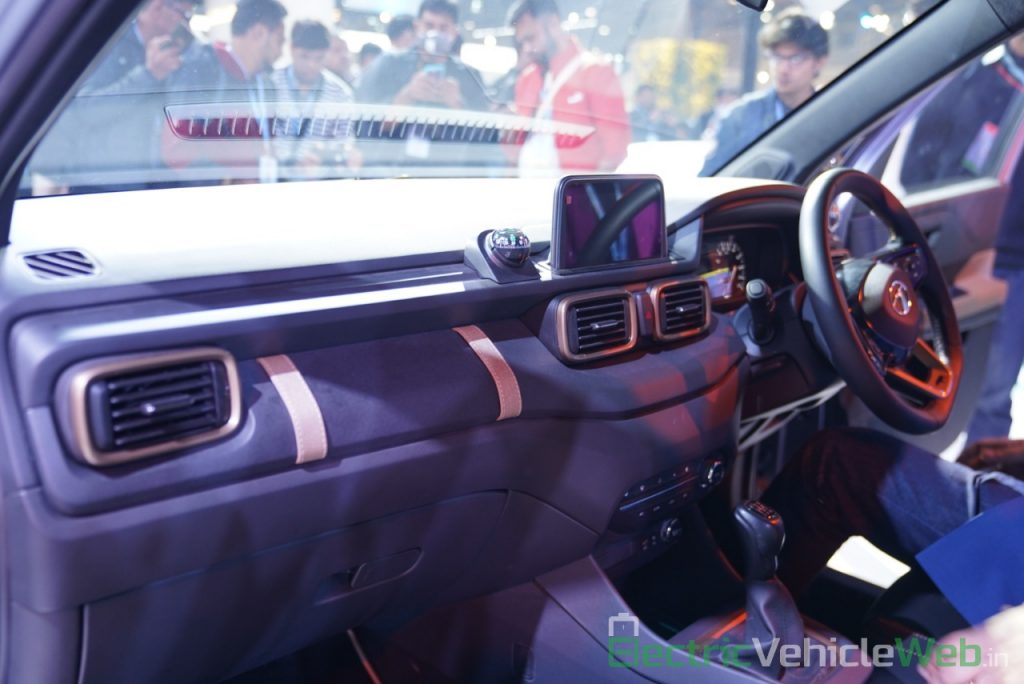

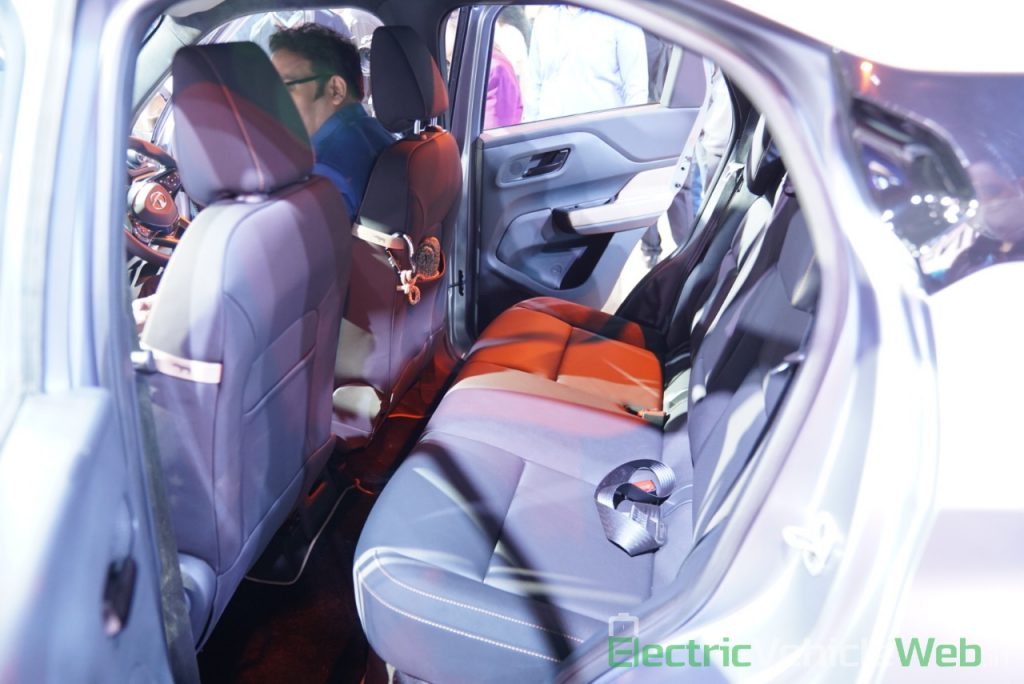


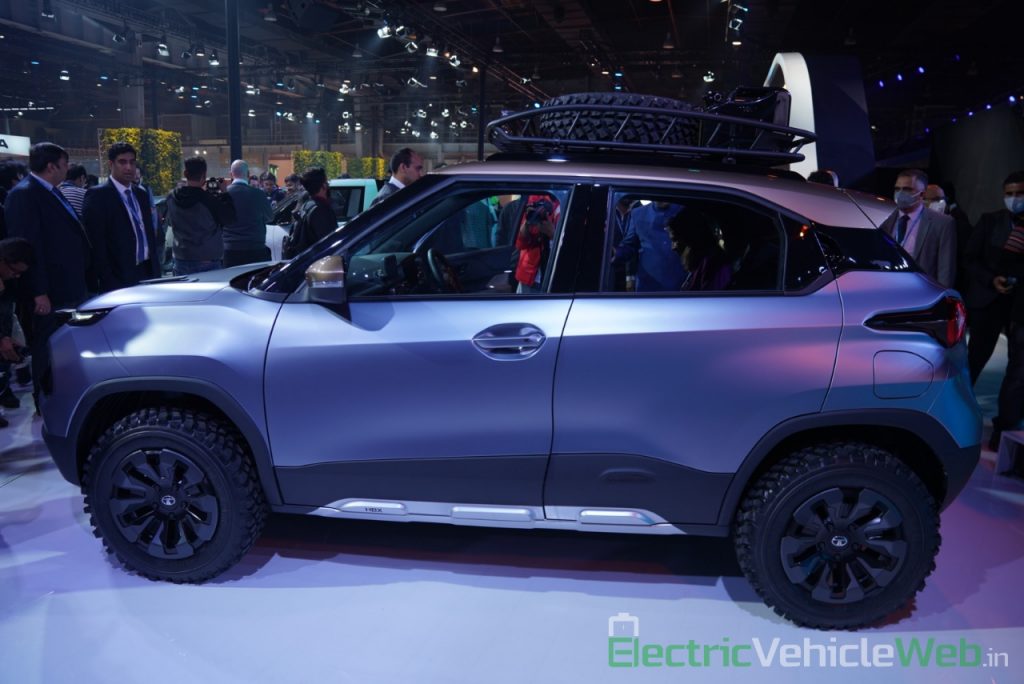


![Everything we know about the upcoming Tata Altroz EV [Update]](https://electricvehicleweb.com/wp-content/uploads/2020/02/Tata-Altroz-EV-side-view-1-Auto-Expo-2020-350x234.jpeg)
![New Tata Safari a serious candidate for an electric vehicle [Update]](https://electricvehicleweb.com/wp-content/uploads/2021/02/Tata-Safari-EV-350x242.jpg)
